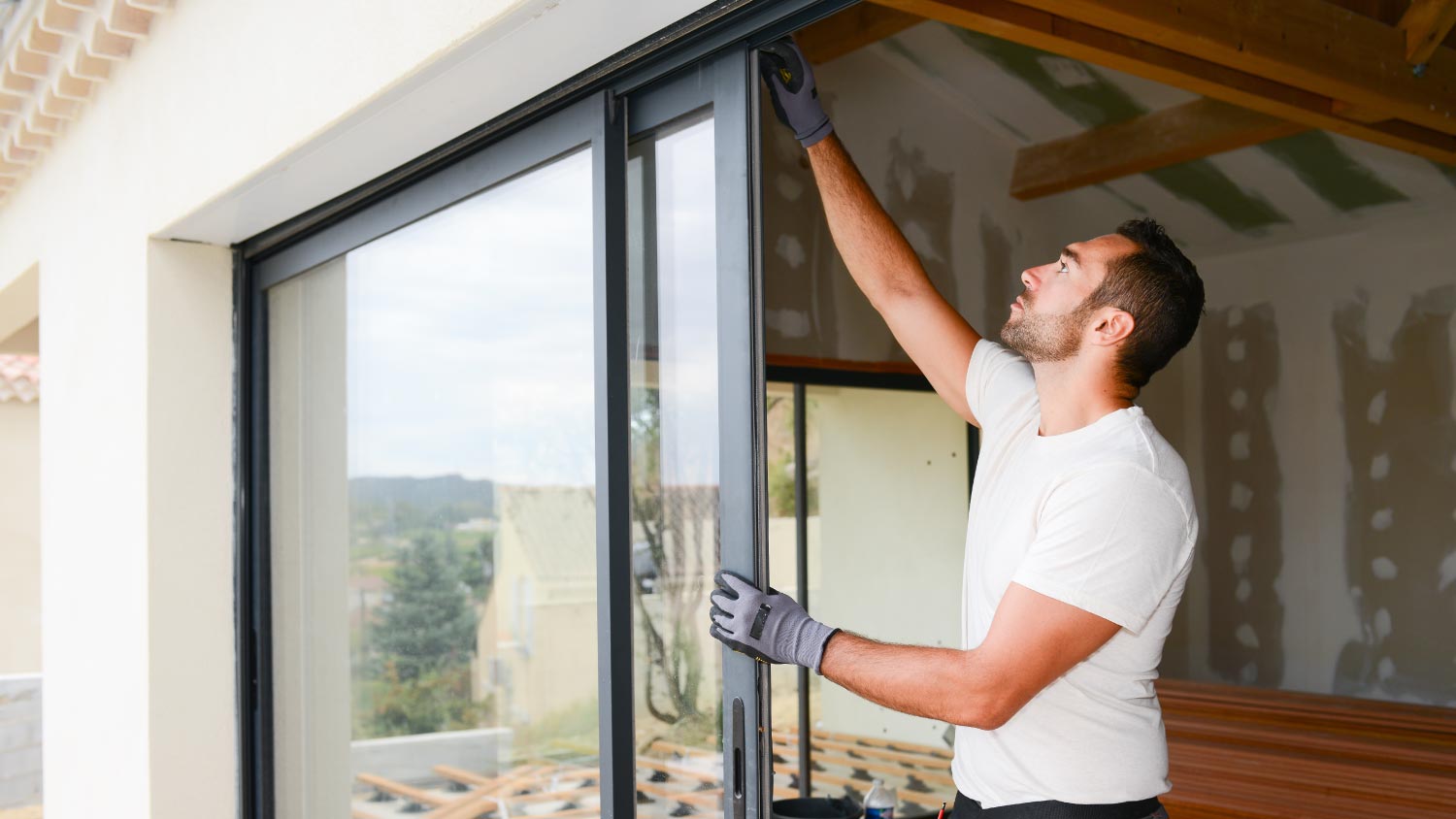
Discover the energy-efficient window costs. Learn about installation prices, cost factors, and tips to save money on your window upgrade.
Mullions and muntins are easy to confuse but have some key differences


Mullions are vertical supports that sit between sashes and help maintain the window’s structure.
Muntins are the grids on the glass that give the appearance of individual panes but don’t offer any structural support.
Both mullions and muntins contribute to your curb appeal and can help provide security for your home.
Most homeowners know the major parts of windows, but things can understandably get a little foggy when it comes to the smaller components. This is especially true when comparing things that look and act similarly, like mullions vs. muntins. Keep reading to learn the differences between these two window parts, including how they differ in appearance and functionality, to help you better understand window design and structure.
Muntins are the window grids you see over the surface of the glass on many windows, giving the illusion that the entire window is made up of individual, small panes of glass. Muntins can sit vertically, horizontally, on diagonals, and can even be curved to follow the shape of the window frame.
Mullions only sit vertically, and they sit between individual windows to allow two or more windows to appear directly next to one another without a solid wall between them.
| Type of Difference | Muntins | Mullions |
|---|---|---|
| Provide structure | No | Yes |
| Sit on glass surface | Yes | No |
| Necessary | No | Yes |
| Decorative | Yes | No |
| Add security | Minimal | Yes |
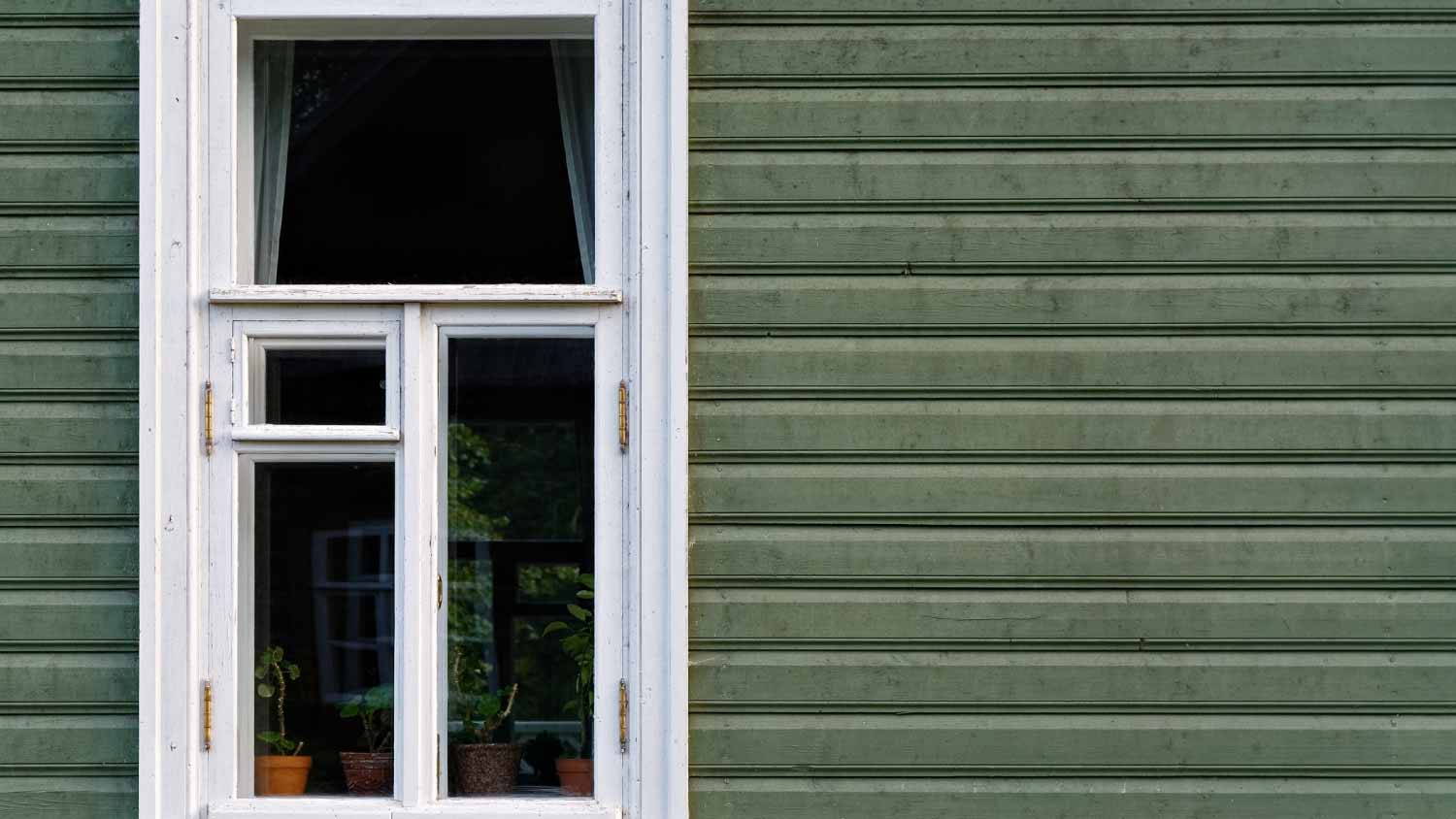
Mullions and muntins differ quite a bit in their appearance and how they affect your curb appeal and enjoyment of the outdoors from inside your home.
Mullions are significantly thicker than muntins because they provide structural support for the window. Some types of windows, like double-hung, single-hung, and casement windows, hold the sashes in place or have hardware mounted to them to allow opening and closing.
Muntins can be as thin as the homeowner would like, as they’re mostly decorative and provide no structural support. In some cases, like on farmhouse windows, the window grid is purposefully made thicker, but this is purely for aesthetics.
Mullions are meant for structure, and while you can get them in different colors and textures to match the color and type of window frame you have, the shape and how ornate they are are often minimalistic and limited.
On the other hand, muntins come in various patterns to match different home styles, window types, and personal decorating preferences. For example, you can get a traditional grid design for windows on a Colonial-style home, Victorian grid designs to match the curved or arched windows on Victorian homes, gridless windows with no muntins for modern homes, or chunky, minimalistic muntins to match farmhouse decor.
Both mullions and muntins will impede your view of the outdoors, but muntins block more of your view. Mullions sit between large windows, while muntins sit over the glass and divide it into smaller pieces. Unless you have prairie-style window grids, your view will be somewhat impeded.
Of course, the same can be said about the view into your property. Mullions offer minimal privacy, while muntins provide a touch more but can make your living space feel more cut off from the outside world.
Mullions and muntins will block some natural light from entering your home. Mullions are thicker and are sometimes covered by window capping, so they block more on a one-to-one basis, but muntins sit over large panes of glass, so they tend to reduce the natural light coming in a little more.
You’ll find muntins sitting over panes of glass while mullions sit vertically between adjacent windows.
Muntins are unnecessary, so you won’t find them on all windows. Casement windows, large picture windows, and windows designed to provide views of nature—like those overlooking lakes, mountains, or beaches—often don’t have muntins to obstruct the view.
Mullions are necessary if you plan on installing multiple windows next to each other. For example, bay windows have three or more adjacent windows, so you must have mullions between each pair. Similarly, two or three double-hung windows next to each other always have mullions between them for added support and to provide a place for the sashes to sit up against.
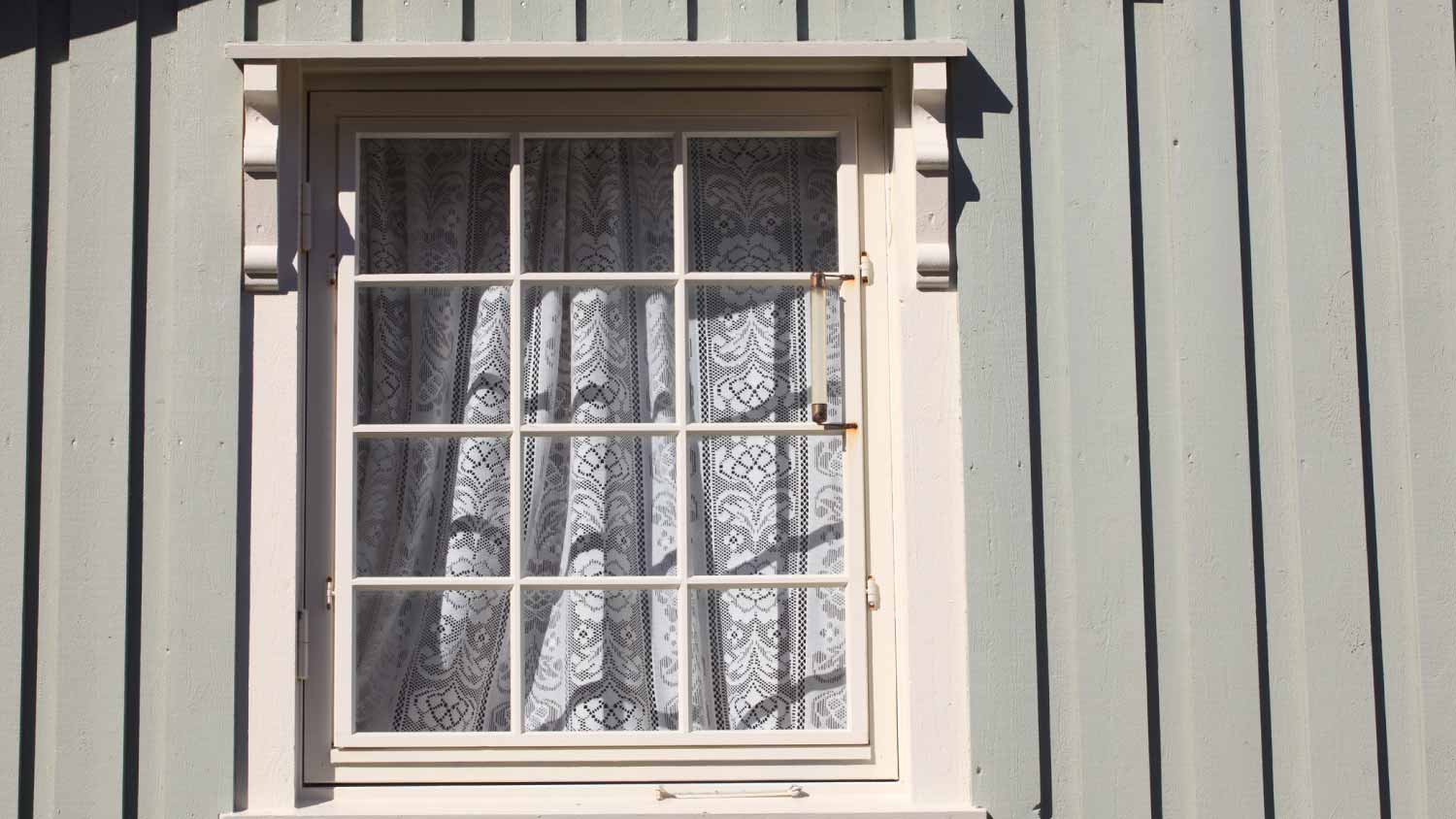
Many differences between mullions and muntins are physical, but there are also some important differences in their function and purpose.
Both mullions and muntins will add some security to your windows but in different ways.
Mullions split large wall openings into smaller ones, allowing you to install multiple windows in one opening. Having a few windows side-by-side is slightly more secure than having one large window.
Muntins can also provide some security, although the protection you get is minimal. Some muntins simply sit over the glass surface and are removable, so they may only offer the illusion of a more secure window. Other muntins include metal braces between the panes of glass, which can help reduce the risk of a break-in and make it more difficult for someone to get into your home.
Mullions and muntins also differ in how necessary they are. Mullions are necessary in some cases, like if you have two or more windows seated right next to each other without a break in the wall opening between them. Muntins are purely decorative and never necessary.
From average costs to expert advice, get all the answers you need to get your job done.

Discover the energy-efficient window costs. Learn about installation prices, cost factors, and tips to save money on your window upgrade.
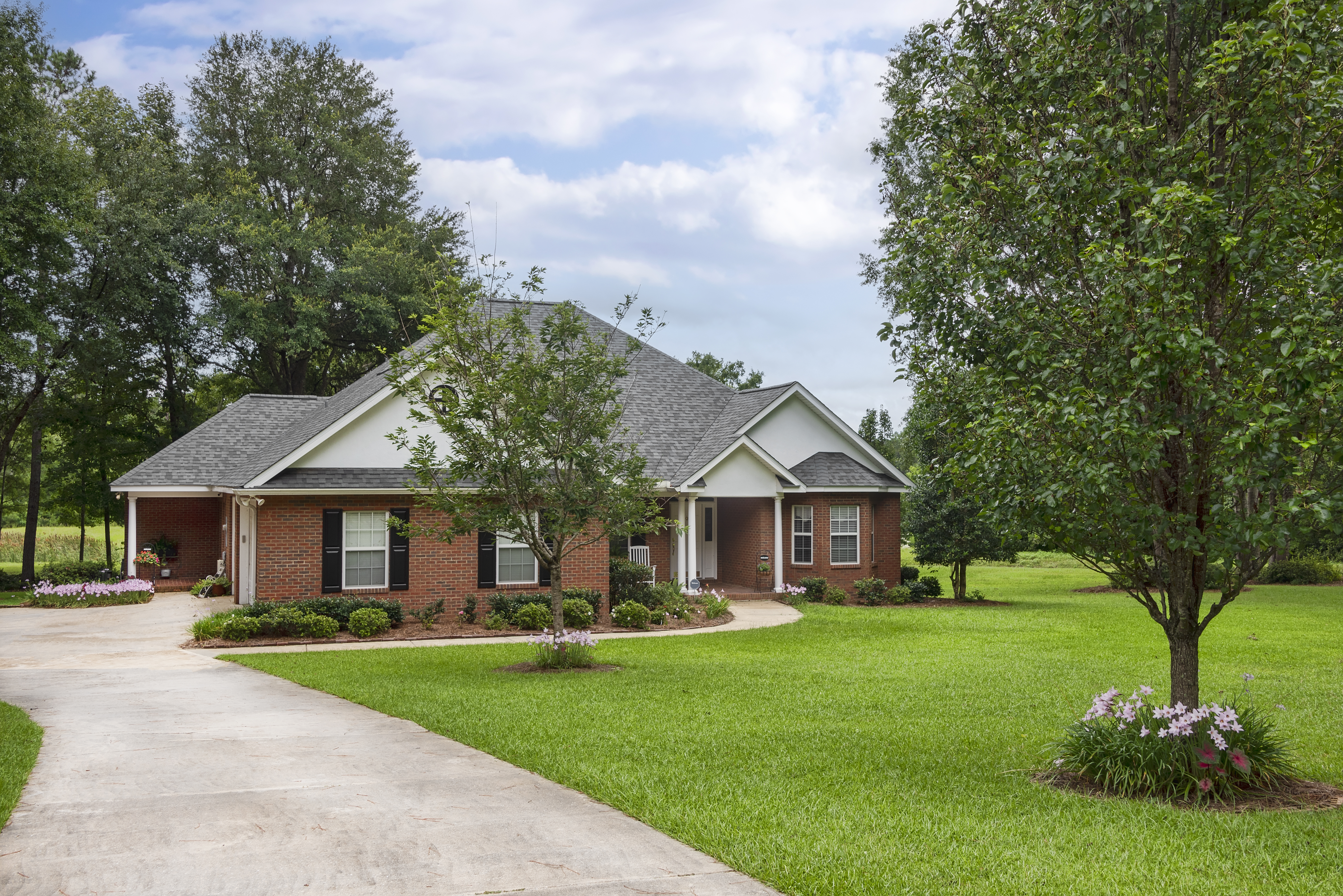
Window replacement enhances your home's appearance and helps to maintain a consistent indoor temperature. Discover the cost of window replacement in Columbus.

Window repair costs in Columbus, Ohio, depend on several pricing factors, including the type and size of the repair it needs and the window itself.

If you’re planning to install a new window or door, you may come across lintels. But what is a lintel? Check out this guide for everything you need to know.

Deciding how to frame your view is important. Learn about how replacement vs new construction windows compare so you can choose the right fit for your home.
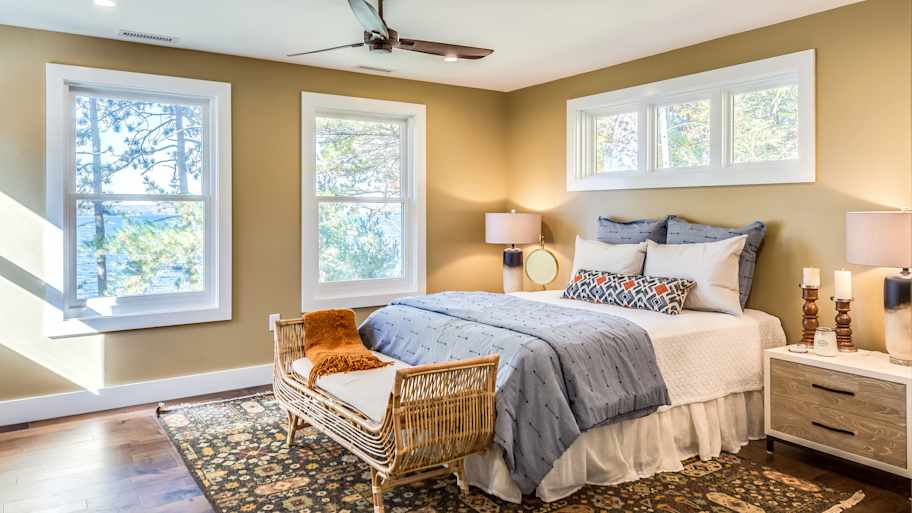
Not sure what window size is right for your space? Learn about standard double-hung windows sizes and what factors affect your sizing.